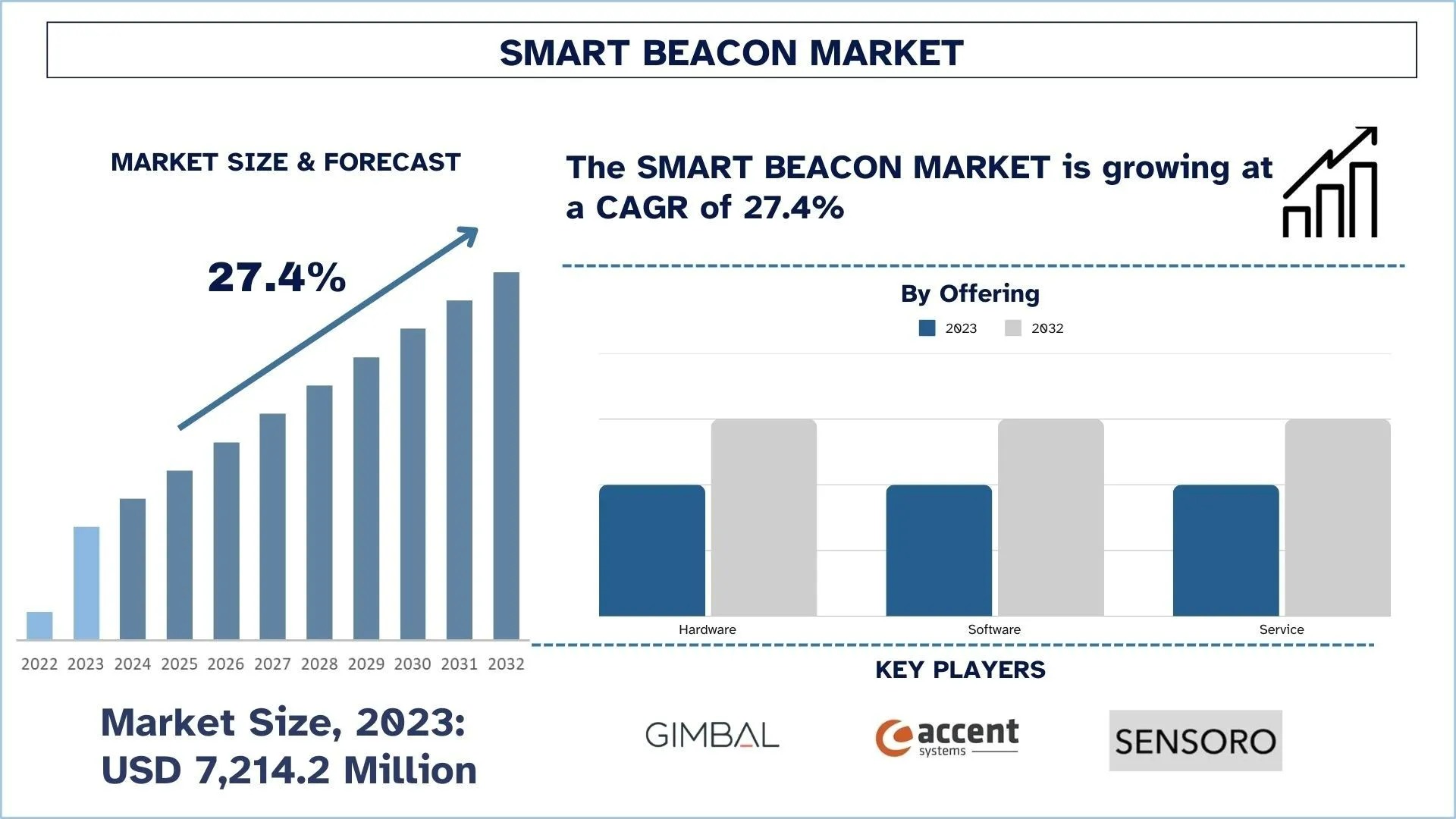Imagine yourself wandering through the magical blue streets of Chefchaouen, hearing the call to prayer echo over the bustling Jemaa el-Fnaa in Marrakech, or sipping mint tea while gazing at the endless Sahara Desert. The Kingdom of Morocco is a land of vibrant culture, ancient history, and breathtaking landscapes.

For citizens of the Federated States of Micronesia (FSM), this North African dream may seem a world away, separated by oceans and complex travel logistics. The biggest question? “How do I even get a visa?”
In the past, this was a difficult challenge. But thanks to Morocco’s modern e-Visa system, the journey from Palikir to Casablanca is more possible than ever. This guide will clear up all the confusion, explain the Morocco evisa for Micronesia citizens, the one crucial requirement you’ll need, and walk you through every step and “what-if” scenario for a successful application.
Do Micronesia Citizens Need a Visa for Morocco?
Yes, absolutely. This is the most important fact to know. Citizens of the Federated States of Micronesia (FSM) are required to obtain a visa before traveling to the Kingdom of Morocco.
You cannot arrive at the airport and get a visa on arrival, and you are not on the list of visa-exempt countries. Attempting to travel from Micronesia without a pre-approved visa will result in being denied boarding by your airline.
The “Conditional e-Visa”: Your Key to Unlocking Morocco
Here is the good news. While you do need a visa, you most likely do not need to mail your passport to a far-away embassy. Micronesian citizens are eligible for Morocco’s electronic visa (e-Visa) system, but with one important condition.
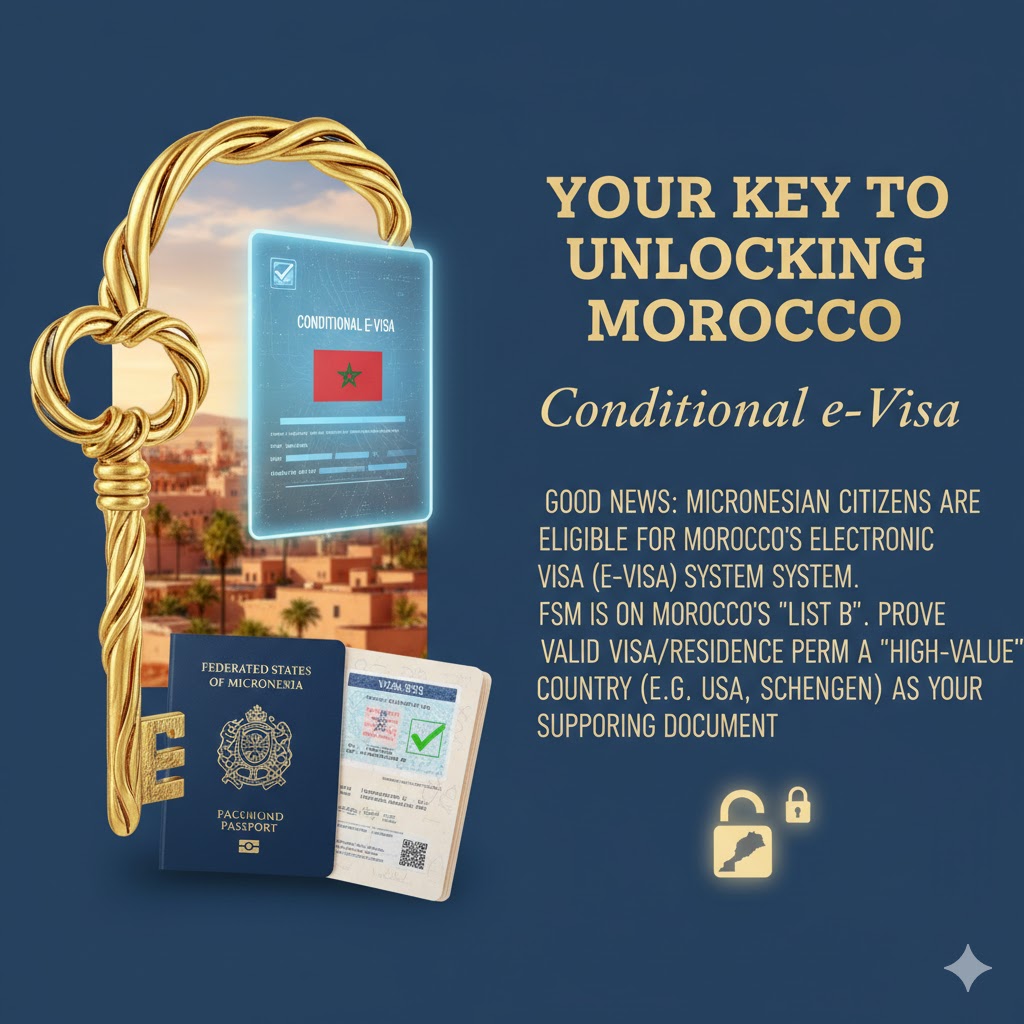
FSM is on Morocco’s “List B” of countries. This means Micronesian passport holders can use the simple online Morocco e-Visa if they can prove they hold a valid visa or residence permit from a specific “high-value” country. This supporting document is your key to the entire application.
What is the “Conditional” Morocco Visa Requirement for Micronesian Citizens?
To successfully apply for the Moroccan e-Visa, you must hold a valid, multiple-entry visa or residence permit from one of the following countries or regions:
- United States (USA)
- United Kingdom (UK)
- Schengen Area (any of the 29 member countries)
- Australia
- Canada
- Japan
- New Zealand
- Ireland
Your valid US, UK, or Schengen visa (for example) acts as a “sponsor” document, which qualifies you for the streamlined e-Visa process.
What if I Don’t Have a Supporting Visa? (The Embassy Problem)
If you are a Micronesian citizen who does not hold any of the valid visas or permits listed above, you are not eligible for the e-Visa.

This creates a significant challenge, as you must then apply for a traditional “sticker visa” at the nearest Moroccan embassy or consulate. The Kingdom of Morocco does not have an embassy in Palikir or anywhere in the FSM. You would need to contact the Moroccan embassy accredited to your region, which is often in Tokyo, Japan, or Canberra, Australia.
This process is far more complex, time-consuming, and expensive, which is why the conditional e-Visa is the best and most practical path for nearly all FSM travelers.
Morocco e-Visa vs. Visa on Arrival: A Warning for FSM Travelers
Let’s be perfectly clear: Morocco does not offer a Visa on Arrival (VoA) for citizens of Micronesia.
Some websites may have confusing or outdated information. Do not risk your trip. You must get your visa approved before you leave home. If you arrive in Morocco without a visa, you will be denied entry and sent back on the next available flight at your own expense.
What Morocco e-Visa Types Are Available?
The online Morocco e-Visa offers different “types” of e-Visas based on your purpose of travel. For most travelers, the choice is between two:
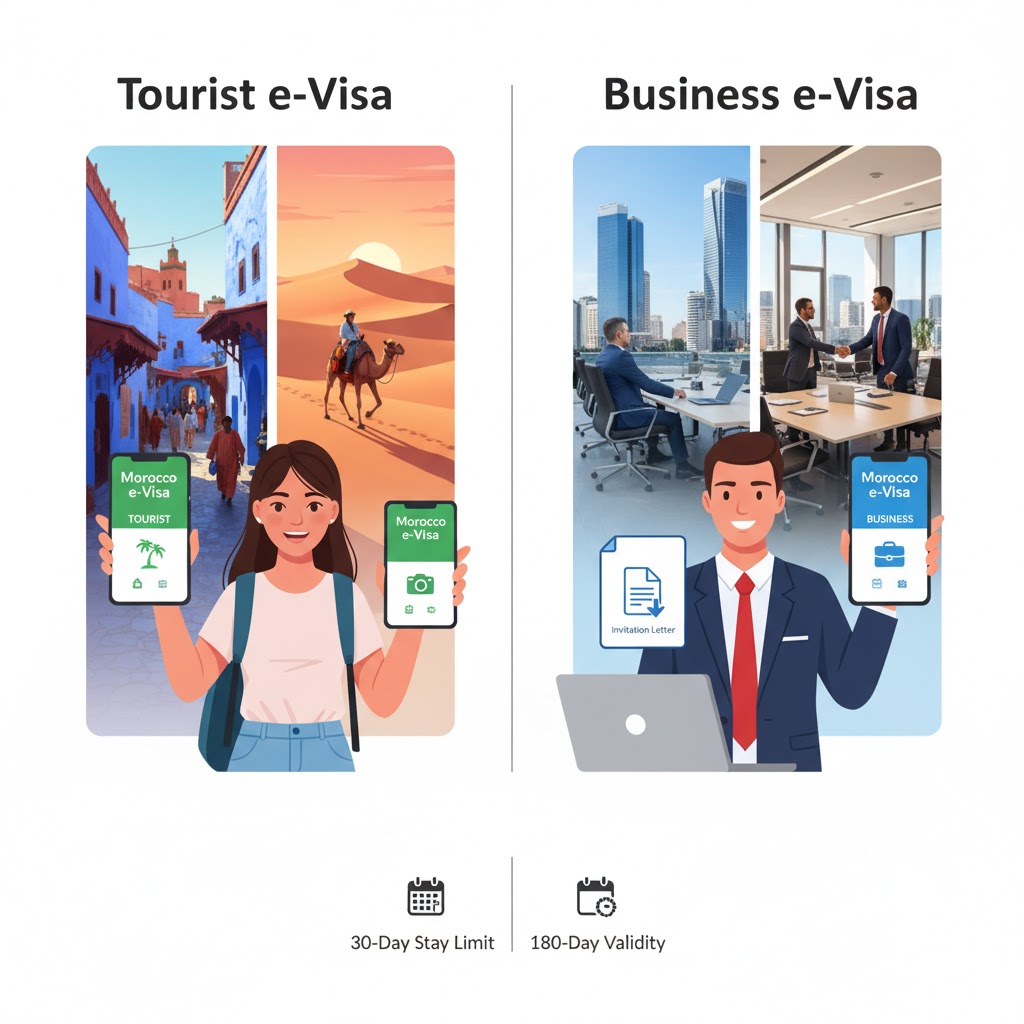
- Tourist e-Visa: This is the standard and most common option. It’s for travelers visiting for leisure, holidays, seeing sights, or visiting friends and family. This is the correct choice for 99% of travelers.
- Business e-Visa: This is for travelers conducting short-term business activities, such as attending conferences, meeting with clients, or exploring investment opportunities. You may be required to upload additional documents, like an invitation letter from a Moroccan company or a registration for a conference.
Both visas have the same 30-day stay limit and 180-day validity.
Morocco Visa Entry Type: The “Single-Entry” Rule Explained
This is a non-negotiable rule that catches many travelers by surprise. The Moroccan e-Visa is strictly a single-entry visa.
- What this means: You can enter Morocco one time only.
- The moment you leave the country (whether it’s a planned side-trip to Spain or an emergency flight home), your e-Visa is considered “used” and is no longer valid.
- You cannot re-enter Morocco on the same e-Visa, even if you only stayed for a few days and still have time left on your 30-day stay or 180-day validity. You would need to apply for a brand new e-Visa.
Should I Apply for My Morocco eVisa Through an Agent or the Government Website?
When applying for Morocco eVisa, the decision comes down to managing the application yourself to save money, or paying for expert assistance to save time and prevent risk.
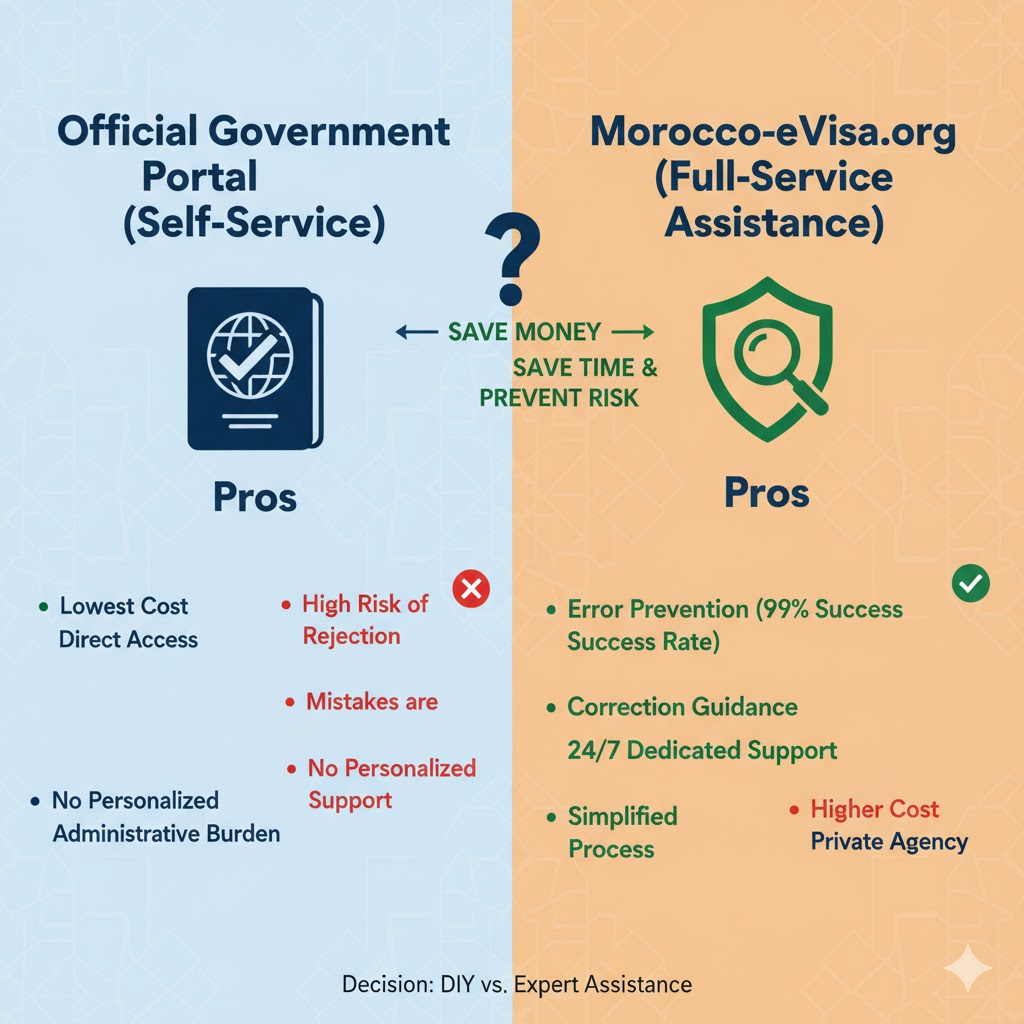
Option 1: Applying via the Official Government Portal (Self-Service)
This is the direct, do-it-yourself route for experienced travelers.
Pros
- Lowest Cost: You only pay the mandatory government visa fee, making it the cheapest financial option.
- Direct Access: Your application goes straight to the Moroccan authorities.
Cons
- High Risk of Rejection: There is no pre-submission checking. If your photo is blurry, your passport number is mistyped, or the form is incomplete, your application may be rejected.
- Mistakes are Final: Once submitted, corrections are impossible, and the government fee is typically non-refundable if rejected.
- No Personalized Support: You receive no dedicated assistance, 24/7 help, or priority follow-up in case of delays.
- Administrative Burden: You handle all document sizing, uploading, and status tracking alone.
Option 2: Applying via Morocco-eVisa.org (Full-Service Assistance)
This is the full-support route, designed to eliminate application errors and stress.
Pros
- Error Prevention (99% Success Rate): Every single application is subjected to an expert pre-submission review to ensure all details and documents meet official requirements before submission.
- Correction Guidance: If a mistake or blurry document is found, the team immediately contacts you and guides you to fix it, eliminating the most common cause of rejection.
- 24/7 Dedicated Support: Assistance is available around the clock via chat, email, and WhatsApp, along with continuous tracking and updates.
- Simplified Process: They handle the complex submission and secure data handling, allowing you to use a simple, fast online form.
Cons
- Higher Cost: A service fee is added on top of the government visa fee to cover the expert review and support services.
- Private Agency: They are not affiliated with the Government of Morocco.
How to apply for a Moroccan visa in Micronesia?
If you have your FSM passport and a valid US, UK, or Schengen visa, the process is wonderfully simple.
- Fill Out the Form: You will enter your personal details, your FSM passport information, and your travel plans (like your intended arrival date and a hotel address in Morocco).
- Upload Your Documents: This is the key step. You will upload scans of your passport, your photo, and your “supporting” conditional visa (e.g., your US visa).
- Pay the Fee: The fee is paid securely online with a credit or debit card.
- Submit and Wait: Your application will go into review. You will receive a tracking number to check your status.
- Receive Your e-Visa: Once approved, your official e-Visa will be emailed to you as a PDF document.
What documents are needed for a Morocco visa?
Before you start the online form, get these Morocco Visa Requirements in digital format:
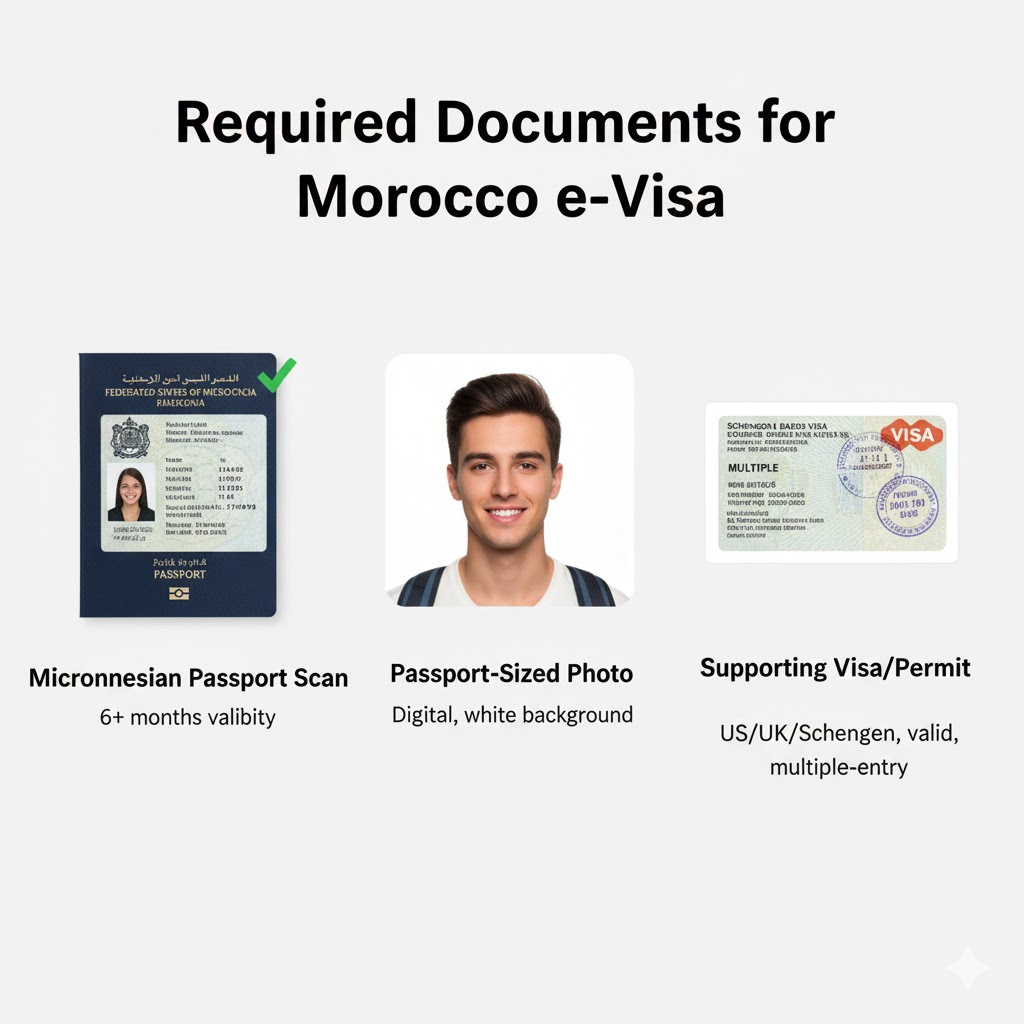
- Micronesian Passport: A clear, color scan of the main information (bio-data) page. Your passport must be valid for at least six (6) months from your intended arrival date.
- Passport-Sized Photo: A recent, digital color photo (35x45mm ratio) with a plain white background.
- Supporting Visa/Permit: A clear scan of your valid, multiple-entry visa or residence permit from the US, UK, Schengen, etc. This is the most important document for your eligibility.
How Long Must My Supporting Visa Be Valid?
This is a common reason for rejection. Your “conditional” visa (from the US, UK, etc.) must have a validity of at least 90 days from the date you submit your Moroccan e-Visa application.
An expired visa, a single-entry visa, or a visa that is about to expire will not be accepted.
What if My Morocco e-Visa Payment is Declined?
This is a frustrating but common issue for international travelers. If your payment fails on the official portal, do not panic. The cause is almost always one of these:
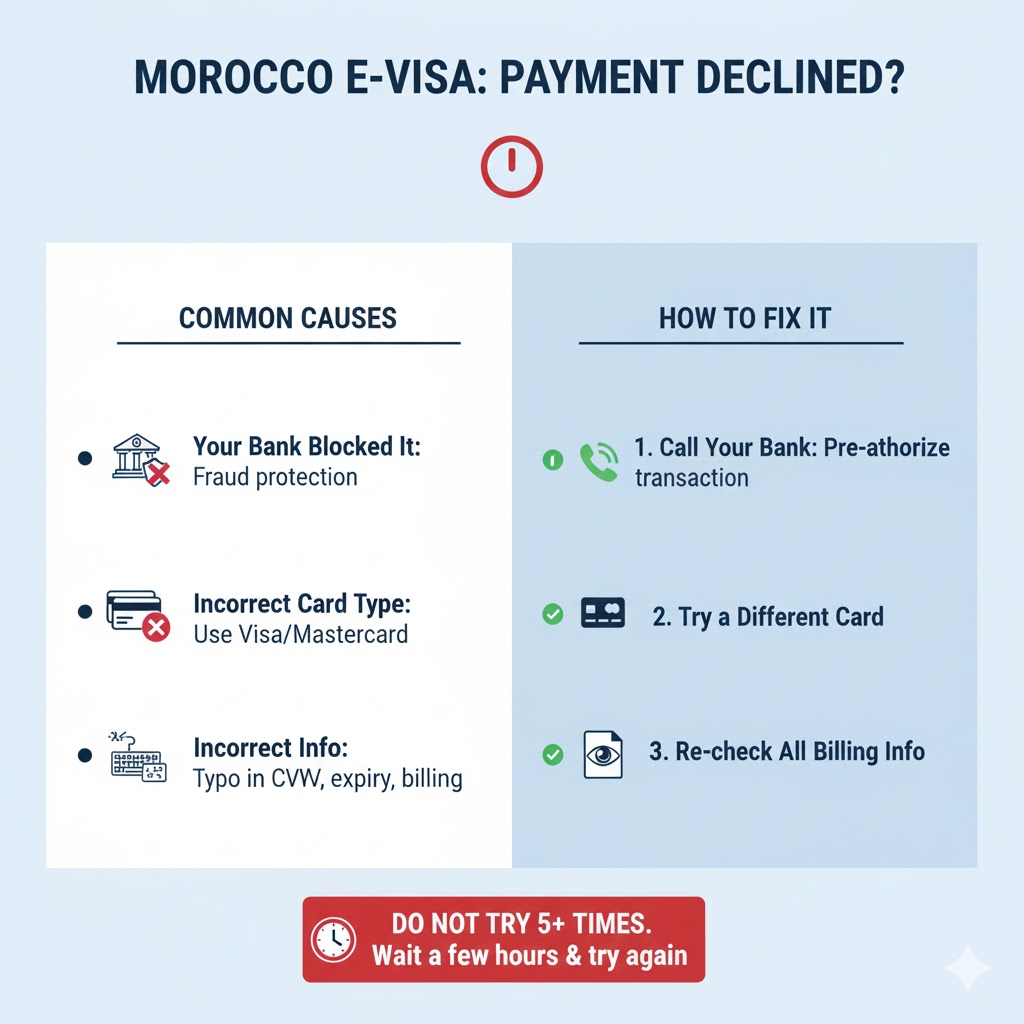
- Your Bank Blocked It: Your bank in Micronesia (or wherever your card is from) sees a foreign transaction from Morocco and blocks it for fraud protection.
- Incorrect Card Type: The portal may not accept all card types. Visa and Mastercard are the most widely accepted.
- Incorrect Info: You made a typo in the billing address, CVV code, or expiry date.
How to Fix It:
- First, call your bank and tell them to pre-authorize a transaction from the official Moroccan government visa portal.
- Try a different credit or debit card.
- Carefully re-check all your billing information.
- Do not try to pay 5+ times in a row, or you may be locked out. Wait a few hours, call your bank, and then try again.
Morocco Visa Processing Time: Normal, Rush, & Super Rush
The Morocco e-Visa gives you three options based on your urgency:
- Normal Processing: This is the standard and cheapest option. It typically takes 3 to 6 business days (weekends not included).
- Rush Processing: For an additional fee, this speeds up the queue. It typically takes 2 to 4 business days.
- Super Rush Processing: This is the fastest (and most expensive) option for last-minute travelers, often processed in as little as 1 to 2 business days.
Our advice: Don’t pay extra. Apply with “Normal Processing” at least two weeks before your flight to avoid any stress.
What if I Lost My Passport After Applying?
This is a critical and stressful situation. Your approved e-Visa is electronically linked to your specific passport number.

If you apply for (or even receive) your e-Visa and then you lose your passport, your e-Visa is immediately and permanently invalid.
You cannot “transfer” the e-Visa to your new passport. You must:
- Get a new Micronesian passport.
- With your new passport number, you must start a brand new e-Visa application from the beginning.
- You will have to pay the 770 MAD fee again.
What Happens if I Overstay My 30-Day Visa?
This is a very serious mistake with significant consequences. Do not do it. “Overstaying” your visa, even by one day, is a violation of Moroccan immigration law.
If you are caught, you can face:
- Heavy Fines: A penalty for each day you overstayed.
- Detention & Legal Action: You may be detained and required to go before a judge before you are allowed to leave.
- A Future Travel Ban: This is the worst part. You will likely be “blacklisted,” making it difficult or impossible to re-enter Morocco in the future.
If a true emergency (like a medical hospitalization) prevents you from leaving, you must contact the immigration police (Bureau des Étrangers) before your 30 days expire.
Can I Convert My 30-Day e-Visa to a Long-Term Visa?
No. This is a common and important question. The e-Visa is a temporary, short-term tourist visa. It cannot be converted into a long-term visa, work permit, or residence permit from within Morocco.
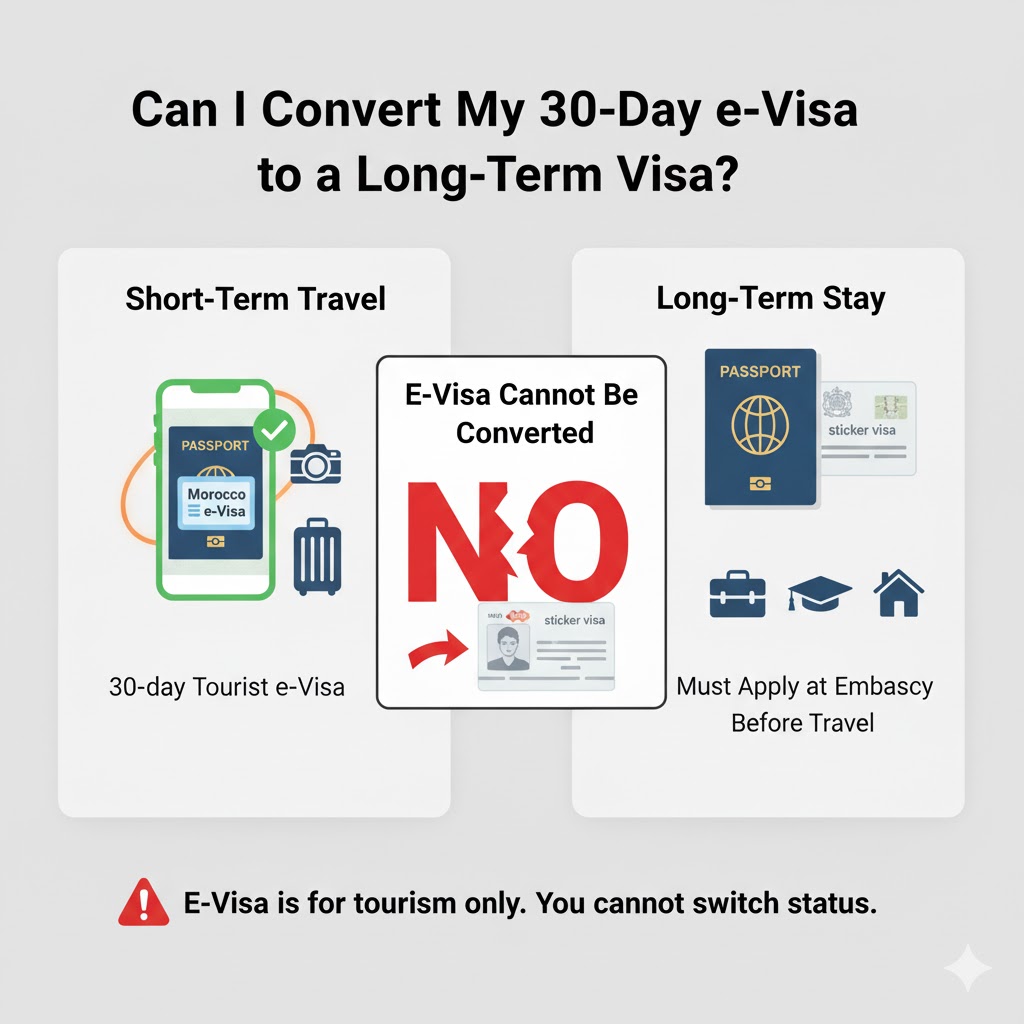
The e-Visa is for tourism only. If your goal is to live, work, or study in Morocco, you must apply for the correct long-term visa (a “sticker visa”) from a Moroccan embassy before you travel. You cannot enter on an e-Visa and then “switch” your status.
What About Layovers? Morocco Transit Visa for Micronesian Citizens
What if you just have a layover in Casablanca (CMN) on your way to Europe?
- If you stay “airside” (in the international transit area): You do not need to pass through immigration and therefore do not need a visa. This only works if your luggage is checked through to your final destination.
- If you must exit the transit area: If you have to collect your bags, check in for a new flight on a different airline, or just want to visit the city on a long layover, you must have a visa.
Pro-Tip: The Moroccan e-Visa is the perfect “transit visa.” It’s far easier to get than a traditional transit visa from an embassy. Just apply for the e-Visa, and you’ll have the freedom to leave the airport and explore.
Your Moroccan Dream is Within Reach
While the journey from Micronesia is long, the visa process no longer needs to be a barrier. As long as you hold a valid, multiple-entry visa from the US, UK, or Schengen area, the Moroccan e-Visa system is a fast, simple, and modern solution.
Follow this guide, double-check your documents, and get ready to experience the magic of the Kingdom of Morocco.

